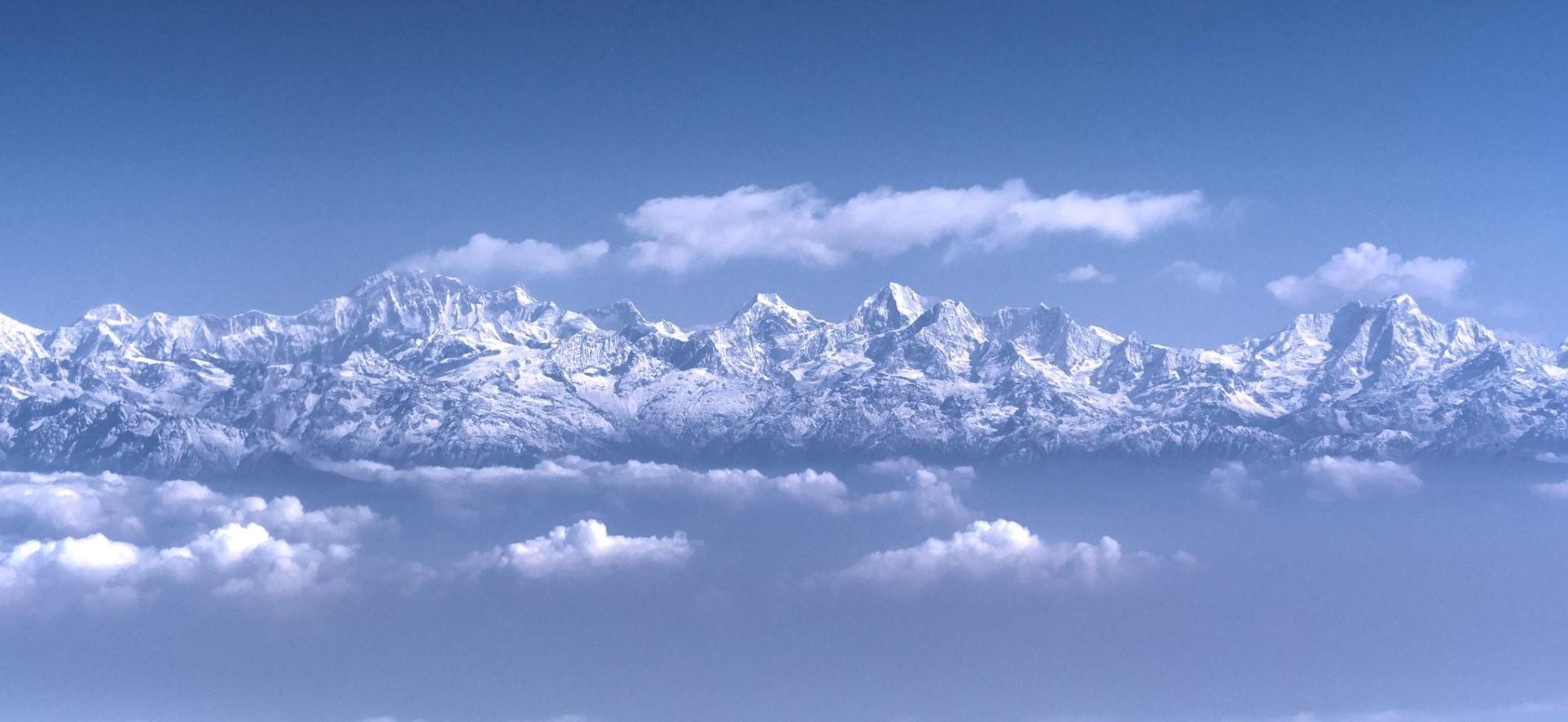
Submitted by Dr C.M. Martin-Jones on Tue, 19/10/2021 - 12:21
Mountain belts on Earth are some of the most striking manifestations of plate tectonics. The lifecycle of mountain building—where plates collide and are later uplifted and eroded—can also profoundly impact our climate and global carbon cycle over millions of years, as well as fuelling earthquake hazards. Understanding mountain building, or ‘orogenesis’, and how it has varied through time is therefore a question of key interest to earth scientists. Yet, despite its importance, we still can’t fully explain the geological processes driving orogenesis.
A new review study, led by Cambridge Earth Science’s Owen Weller, and published today in Nature Earth and Environment, delves deeper into the rock record beneath the Himalayas — one of the most dramatic creations of plate tectonic forces — in search of the processes that formed it.
The Himalayas, which stretch over 2400 km, are the result of ongoing orogenesis as the Indian and Eurasian plates collide. Scientists see it as the archetypal collision zone, often using it as an analogy to explain ancient mountain building — but they are still unsure as to how representative it really is.
The new study, which also involved Alex Copley from the Bullard Laboratories at the University of Cambridge, used information encoded within the metamorphic and igneous rock record to deduce the temperature and pressure conditions as the Himalayas formed. By comparing their results with the exposed remnants of four ancient mountain belts, Weller and co-authors were able to identify similarities and differences between modern and ancient mountain building processes to explore the overarching factors controlling the orogenic rock record.
Their analysis reveals similarities between the Himalayas and ancient mountain belts that can be explained by comparable rock strength in the low-lying region adjacent to the mountain belt – known as the foreland basin.
They suggest that it is the strength of this region that determines the effectiveness of orogen comparisons, as the foreland strength defines the crustal thickness of a mountain belts, which is one of the primary controls on the pressure and temperature conditions (thus rock record) within a mountain belt. This conclusion highlights the benefit of collaboration between co-authors from the ‘Downtown’ department with a petrological perspective, and from the Bullard with geophysical insights.
Whilst differences between the modern and ancient orogenic rock records were noted, they were able to rule out contrasting tectonic processes as their cause – instead attributing them to differences in the level of exposed rocks at the core of the ancient mountain. This factor could skew interpretations made from the ancient rock record, so an awareness of its effect on comparisons is key.
The review paves the way for further work to explore the reasons behind variations in orogenesis, such as why modern mountain ranges vary so widely in terms of their crustal thickness and deformation. This will improve the tectonic interpretations made from the geological record, drawing us closer to understanding whether orogenesis has varied through time—a major topic of ongoing debate.
Weller, O. M., Mottram, C. M., St-Onge, M. R., Möller, C., Strachan, R., Rivers, T., Copley, A., The metamorphic and magmatic record of collisional orogens, Nature Reviews Earth and Environment, https://doi.org/10.1038/s43017-021-00218-z
